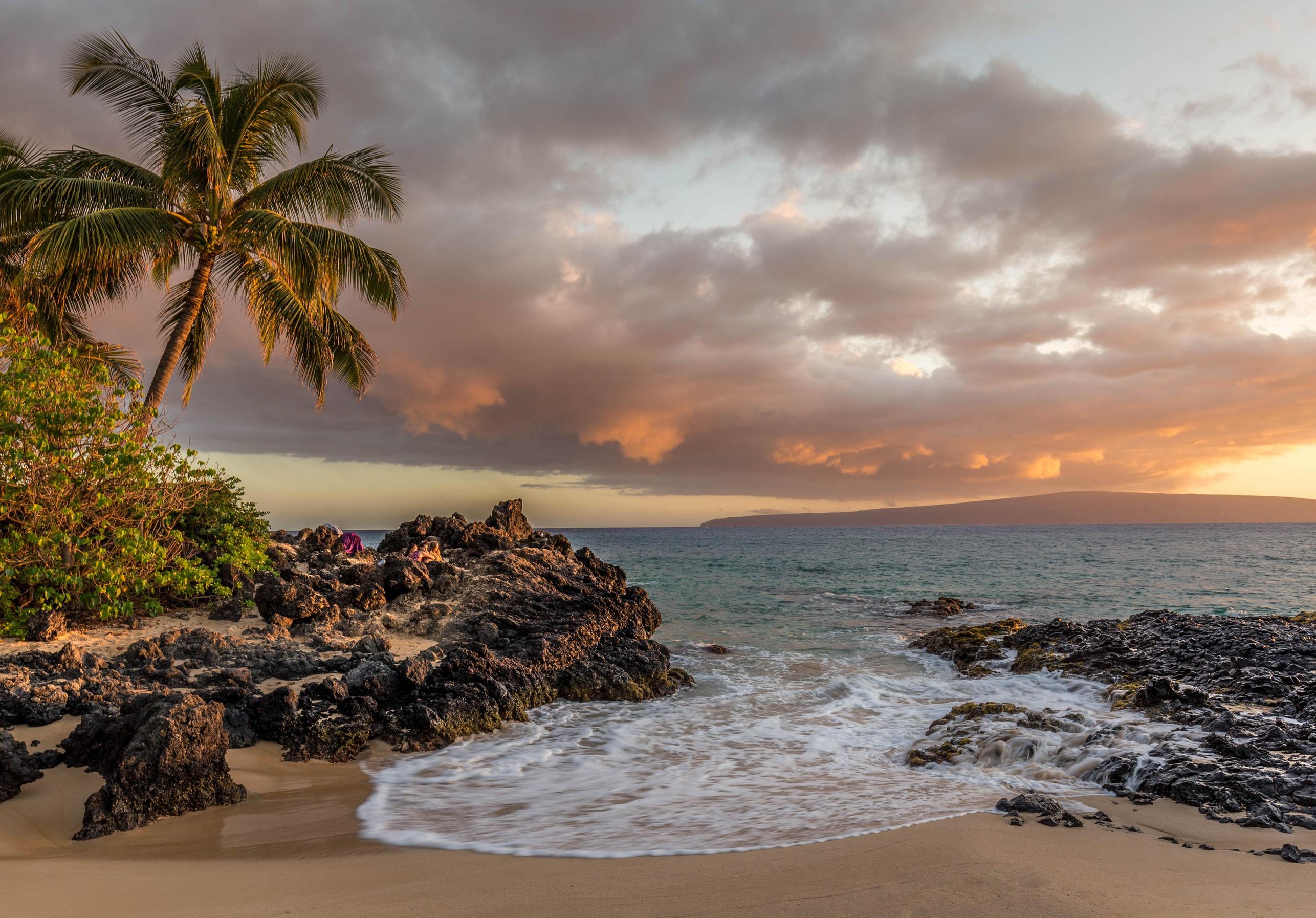A small fee stands to make a big impact in Hawai‘i.
Hawai‘i lawmakers passed a groundbreaking bill that will impose a small tax on visitors in an effort to protect the islands from the growing risks of a warming planet.
Funds generated by this “green fee,” as it is being called, will be used to invest in projects to fight climate change and stem biodiversity loss — including restoring native ecosystems such as coral reefs and native forests, and removing invasive grasses like those that fueled the deadly Lahaina wildfire in 2023.
“When we started the journey, it really was a moonshot idea,” said Jack Kittinger, who leads regenerative economies at Conservation International. Kittinger lives in Hawai‘i and has worked to support the initiative since its inception in 2018.
“As we worked on this over many years, it became more and more clear that this was necessary for our survival,” he said.
With 1.4 million residents and 10 million visitors every year, Hawai‘i’s communities and infrastructure are stressed by both tourism and the growing climate emergency.
“Like many island communities, Hawai‘i is at the forefront of the climate crisis,” Kittinger said. “The tragedy of the Lahaina wildfire made that apparent in the most painful way.
This bill gives us an opportunity to reduce our climate risk and reshape our tourism sector.”
The bill adds an additional 0.75 percent to the existing hotel tax and applies to travelers who stay in hotels and short-term rental stays. The legislation also, for the first time, applies this tax to visitors who arrive in Hawai‘i on cruise ships.
The administration of Gov. Josh Green, who campaigned on the issue, estimates that the legislation will bring in US$ 100 million annually to support biodiversity on the islands and strengthen climate resilience.
Hawai‘i, known as the endangered species and invasive species capital of the world, has long struggled to fund its environmental and conservation needs — which are amplified by the number of tourists who visit the island.
Kittinger says that the idea of tourists chipping in has gained support since the idea was first introduced — including support from tourists themselves.
“We polled visitors, and the vast, vast majority of people who visit Hawai‘i want to be able to give back with support of a green fee,” he said. “Islands carry unique vulnerabilities, and in Hawai‘i, where tourism is the major industry, if you do not take care of the environment, that creates a long-term vulnerability for the industry and communities alike.”
Hawaiʻi’s natural wonders contribute more than US$ 6 billion to the state’s economy each year, yet only 1 percent of the state’s annual budget goes to the environment.
Conservation International helped spark the initiative more than six years ago, authoring an analysis of a green fee, based on successes in other places. A recent study from Care for ʻĀina Now, a coalition of nonprofits and local businesses that has worked to pass the bill, estimates that Hawai‘i has an annual conservation funding gap of at least US$ 560 million — but could be as high as US$ 1.7 billion.
“We're not going to fill a US$ 560 million a year gap with one new law,” Kittinger, a co-author of the study, said. “But if we can generate US$ 100 million, that's a consequential amount that we can amplify through other conservation finance approaches such as a green bond. We're on the doorstep of achieving that.”
From COVID delays to the deadly Lahaina wildfires, the effort faced many challenges along the way, he said. Yet each of these events deepened the drive to create a resilient, regenerative economy.
“We have to do things that are commensurate to the scale of the challenges we face,” Kittinger said. “This is going to give us a fighting chance.”
Mary Kate McCoy is a staff writer at Conservation International. Want to read more stories like this? Sign up for email updates. Also, please consider supporting our critical work.
